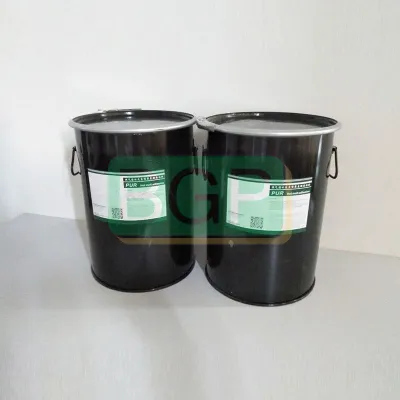- Automobiles & Motorcycles
- Beauty & Personal Care
- Business Services
- Chemicals
- Construction & Real Estate
- Consumer Electronics
- Electrical Equipment & Supplies
- Electronic Components & Supplies
- Energy
- Environment
- Excess Inventory
- Fashion Accessories
- Food & Beverage
- Furniture
- Gifts & Crafts
- Hardware
- Health & Medical
- Home & Garden
- Home Appliances
- Lights & Lighting
- Luggage, Bags & Cases
- Machinery
- Measurement & Analysis Instruments
- Mechanical Parts & Fabrication Services
- Minerals & Metallurgy
- Office & School Supplies
- Packaging & Printing
- Rubber & Plastics
- Security & Protection
- Service Equipment
- Shoes & Accessories
- Sports & Entertainment
- Telecommunications
- Textiles & Leather Products
- Timepieces, Jewelry, Eyewear
- Tools
- Toys & Hobbies
- Transportation
Choosing the Right PUR Hot Melt Adhesive: Factors to Consider
PUR hot melt adhesives are advanced bonding solutions that form strong and durable connections through a chemical reaction. Unlike traditional adhesives, which rely on solvent evaporation or water evaporation to cure, PUR adhesives undergo cross-linking, resulting in improved bond strength and resistance.

Advantages of PUR Hot Melt Adhesives
Enhanced Bond Strength: PUR adhesives create robust bonds that withstand stress and load.
Versatility: Suitable for various substrates, including plastics, metals, and wood.
Temperature Resistance: Maintain their integrity even under extreme temperatures.
Flexibility: Offer flexibility and elongation, vital for materials that undergo movement.
Chemical Resistance: Resist degradation when exposed to chemicals and solvents.
Minimal VOC Emissions: Environmentally friendly due to low volatile organic compound emissions.
Factors to Consider When Choosing PUR Hot Melt Adhesives
Compatibility with Substrates
The first consideration is the compatibility of the adhesive with the substrates you intend to bond. Different materials require specific adhesive formulations to achieve optimal adhesion.
Bond Strength Requirements
Assess the load and stress your bonded materials will endure. Select an adhesive that provides the required bond strength for the application.
Environmental Conditions
Consider the environment in which the bonded materials will operate. Extreme temperatures, humidity, and exposure to chemicals can impact adhesive performance.
Open Time and Set Time
Open time refers to the duration adhesive remains molten after application, while set time is the time required for the adhesive to achieve full strength. Choose an adhesive with suitable open and set times for your process.
Application Method
The method of adhesive application, whether by spraying, roller coating, or bead dispensing, influences adhesive selection. Ensure compatibility between the adhesive and application method.
Temperature Resistance
For applications subjected to high temperatures, opt for PUR adhesives with excellent heat resistance to prevent bond failure.
Flexibility and Impact Resistance
When bonding materials with potential movement or impact, select an adhesive that offers flexibility and impact resistance.
Chemical Resistance
If the bonded materials will come into contact with chemicals, solvents, or oils, prioritize an adhesive with high chemical resistance.
Health and Safety Considerations
Evaluate the potential health and safety hazards associated with the adhesive, especially concerning employee exposure and ventilation requirements.
Cost-Efficiency
Balance performance with cost-effectiveness. While high-performance adhesives may have a higher upfront cost, they can lead to long-term savings through improved durability and reduced rework.
Conclusion
Selecting the right PUR hot melt adhesive involves a careful consideration of factors such as substrate compatibility, bond strength requirements, environmental conditions, and application methods. By understanding these elements and their impact on adhesive performance, you can make informed decisions that lead to robust and reliable bonds in your manufacturing and assembly processes.
If you are interested in sending in a Guest Blogger Submission,welcome to write for us!




Comments
0